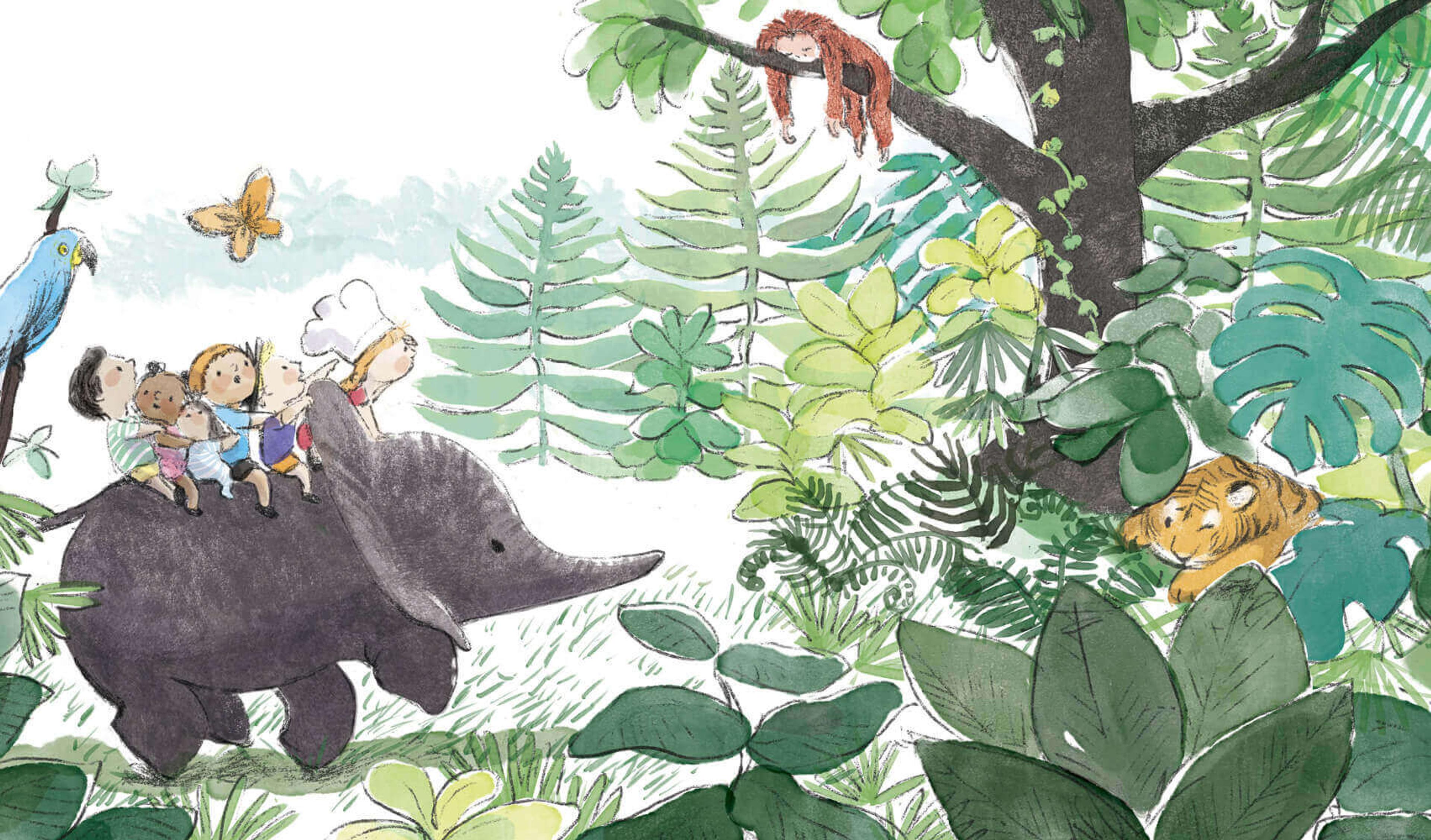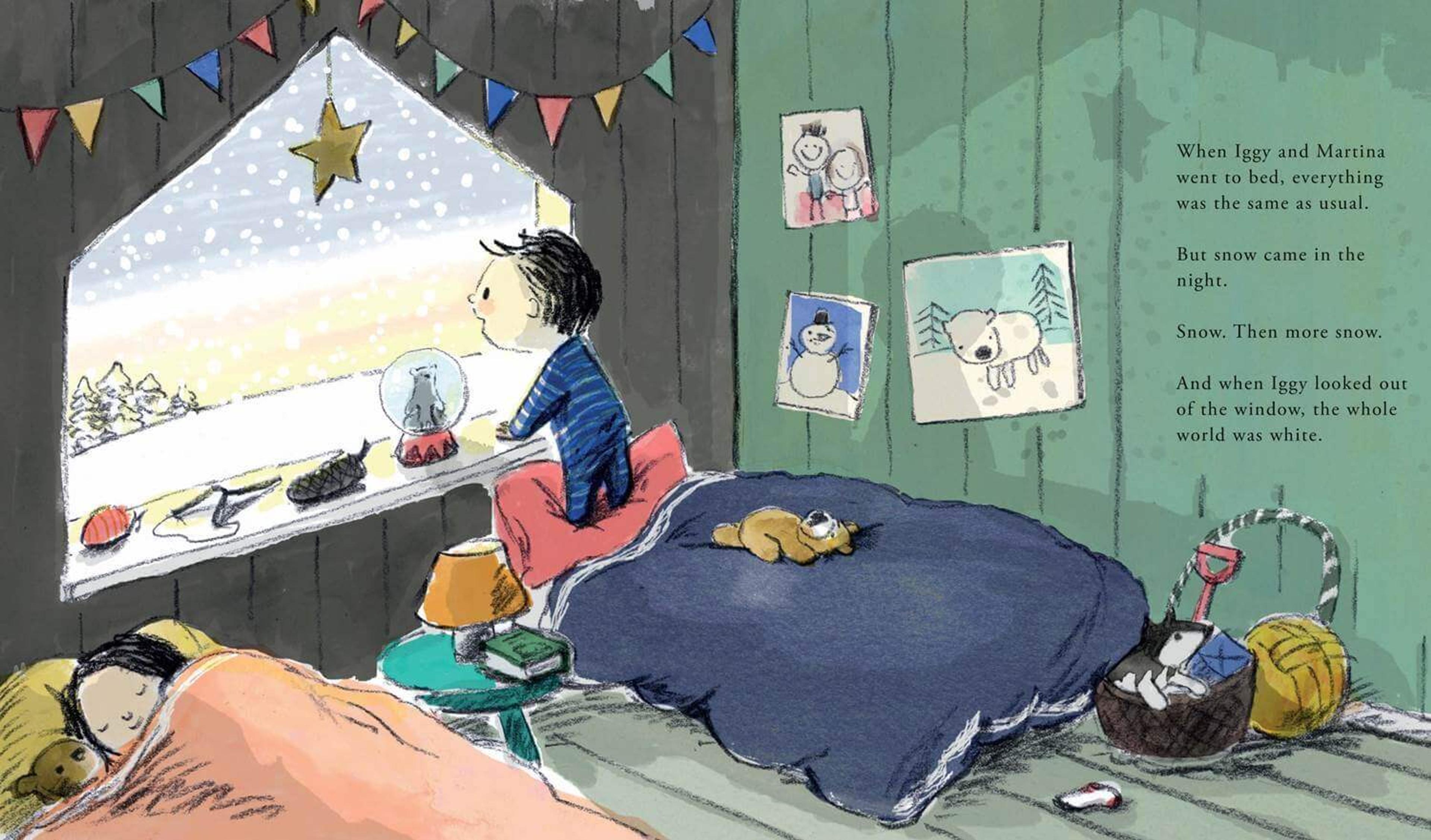A Q&A with picture book author and illustrator Claire Alexander
by Claire Alexander, Quentin Blake Centre course tutor
Claire Alexander's Introduction to Creating Picture Books course provides a complete guide to writing and illustrating compelling picture books.
Claire tells us more about the course and gives an insight into the exercises and activities in store for participants.
See all our available courses here

Why did you create this course?
When I first decided to create picture books for a living, I attended several great short illustration courses. But there was a lack of courses specialising in writing and illustrating picture books for young children. After having my first three author illustrated books commissioned, I felt I’d learned enough to share the details of both disciplines with others.
I designed a beginners' picture book course focused on writing and illustrating. The course answered all the burning questions I had when I started out: How do I create compelling characters and write suitable stories? What layouts and compositions should I use? What are publishers interested in? What’s the best way to approach them?

Who is your course for?
It's for a broad demographic of students ranging in artistic ability, from those who haven’t drawn or written since school, to professional illustrators and authors. Regardless of people's backgrounds and interests, I always encourage them to try both disciplines to understand how text and images function together in picture books. People surprise themselves with what they achieve!

What can students expect on your course?
I usually start the beginners' course by getting everyone to read out some classic picture books and think about why they might be popular. People bond through these discussions: imaginations are sparked and we’re off!
I use a multitude of approaches to trigger ideas so that students hit on something they want to take further. In one exercise, I take everyone back in time to write about childhood memories and create germs of ideas that might grow into books. You are more likely to be able to relate to children in your books if you remember what it felt like to be a child!

We then create characters based on observational drawings of animals. I get students to draw their characters from many different angles, with different expressions and doing different activities. This helps to get to know them well and keep them consistent throughout their book. We also explore different plot structures, literary devices and editing techniques.
Then we get onto the storyboard stage. Students are usually shocked at how much work goes into it. It took me a year and a half to develop my first dummy book working on it part-time. The introduction course takes on a highly structured fast-track approach to manifest the first draft of a book idea. This process is then expanded upon in my intermediate-level course ‘Developing Picture Books’ which runs every September.

How is this course delivered online?
The course is run online in weekly Zoom sessions and I have made lots of video presentations that can be watched at home. We use a great platform called Padlet which allows students to upload their artwork and comment on one another’s creations. This bonds the classes so well and many keep in touch after my courses by forming support groups.